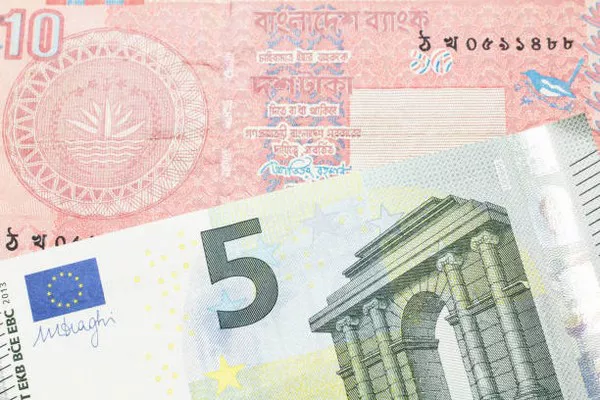Currency symbols serve as significant representations of a nation’s identity, reflecting its history, culture, and economic prowess. In the context of Bengali currency, the symbol carries profound meanings rooted in the rich tapestry of the region’s heritage. In this article, we will delve into the symbolism behind the Bengali money and explore how it encapsulates the spirit of the Bengali people.
The Symbolic Evolution:
Bengal, a region steeped in history and cultural diversity, has witnessed various periods of change in its currency symbols. The evolution of Bengali money symbols mirrors the historical transformations and the amalgamation of different influences over the centuries.
Historically, Bengal was known for its flourishing trade and vibrant economy, attracting traders and merchants from around the world. This exchange of goods and ideas left an indelible mark on the region’s currency symbols. From the ancient cowrie shells to the medieval coins, each symbol carried its own significance, reflecting the economic and cultural dynamics of its time.
The Iconic Taka Symbol:
The modern symbol of Bengali currency, the Taka (৳), has a distinctive origin that ties it closely to the heritage of the region. The word “Taka” itself has historical roots, derived from the Sanskrit word “tankah,” which referred to a weight of silver or gold coins.
The design of the Taka symbol is a testament to the fusion of tradition and modernity. It is a symbol that encapsulates the essence of Bengal’s economic history, representing the enduring spirit of resilience and progress. The horizontal line at the top of the symbol signifies stability and balance, reflecting the economic stability and growth of the region.
Cultural Significance:
Beyond its economic connotations, the Taka symbol also holds cultural significance for the Bengali people. It serves as a reminder of their cultural identity and the enduring legacy of Bengal’s artistic and intellectual contributions.
Bengal, with its rich literary heritage, has produced some of the world’s renowned poets, writers, and thinkers. The Taka symbol becomes a bridge connecting the economic endeavors of the region with its cultural richness. It symbolizes the harmonious coexistence of commerce and culture, emphasizing the importance of both in shaping the identity of the Bengali people.
National Pride and Independence:
The Taka symbol further gained significance during the period of Bangladesh’s struggle for independence. As the nation emerged from the shadows of colonial rule, the adoption of the Taka symbol reinforced the sense of national pride and sovereignty.
The design of the Taka symbol carries a deliberate simplicity that reflects the values of transparency and honesty. It aligns with the principles of a democratic nation, symbolizing the people’s trust in the currency and the government’s commitment to economic integrity.
Global Recognition:
While the Taka symbol has deep cultural and historical roots in Bengal, it has also earned recognition on the global stage. In an era of interconnected economies, the Taka symbol serves as a symbol of Bangladesh’s active participation in the global economic landscape.
The currency symbol plays a crucial role in international trade and finance, providing a visual representation of a nation’s economic standing. The Taka symbol, with its unique design and cultural resonance, contributes to Bangladesh’s distinct identity in the global financial arena.
Challenges and Opportunities:
Despite the symbolism and historical significance, the Taka symbol also reflects the economic challenges and opportunities faced by the region. The fluctuations in currency value, inflationary pressures, and global economic shifts are reflected in the everyday use of the Taka symbol.
As Bangladesh continues to strive for economic growth and development, the Taka symbol stands as a constant reminder of the need for adaptability and resilience. It prompts policymakers and citizens alike to navigate the complexities of a dynamic global economy while preserving the cultural integrity embedded in the currency.
Conclusion:
In conclusion, the symbol of Bengali money, the Taka, transcends its role as a mere representation of currency. It is a reflection of Bengal’s intricate history, cultural richness, and economic journey. From ancient trade routes to the challenges of the modern global economy, the Taka symbol encapsulates the spirit of the Bengali people, their resilience, and their commitment to progress. As we celebrate the symbol’s significance on its own, we also acknowledge the broader narrative it weaves—connecting the past, present, and future of a region that continues to shape its destiny.


